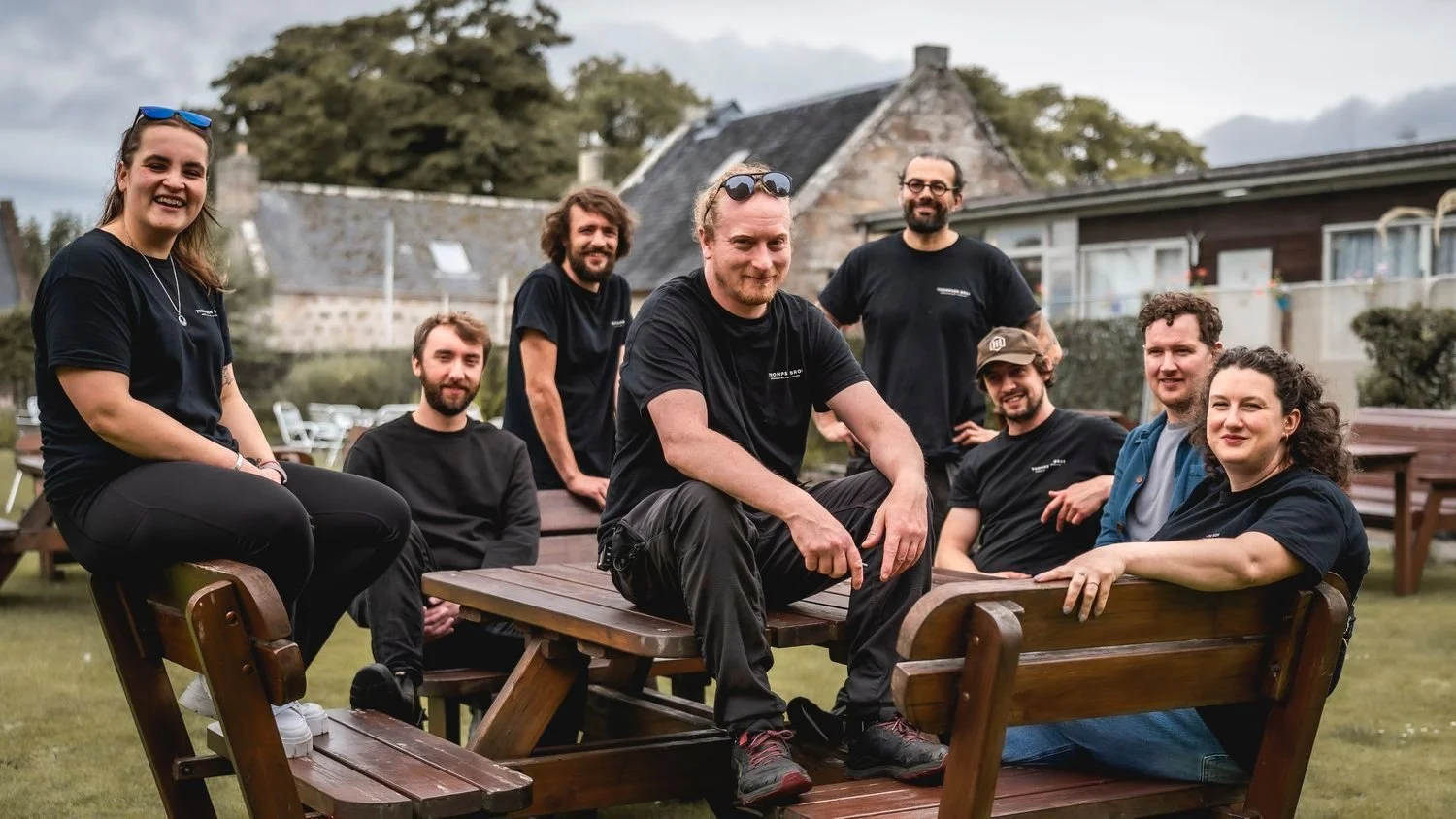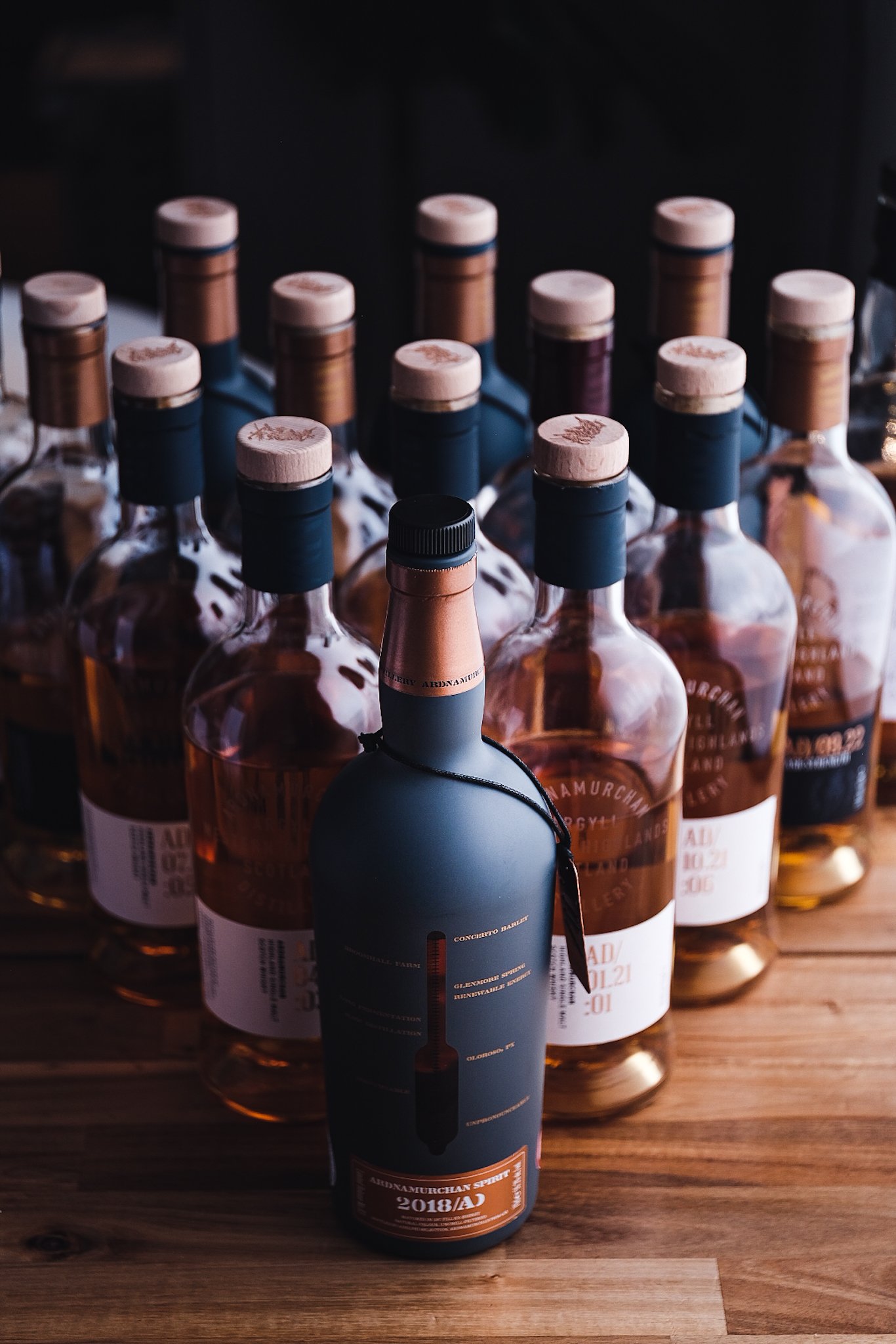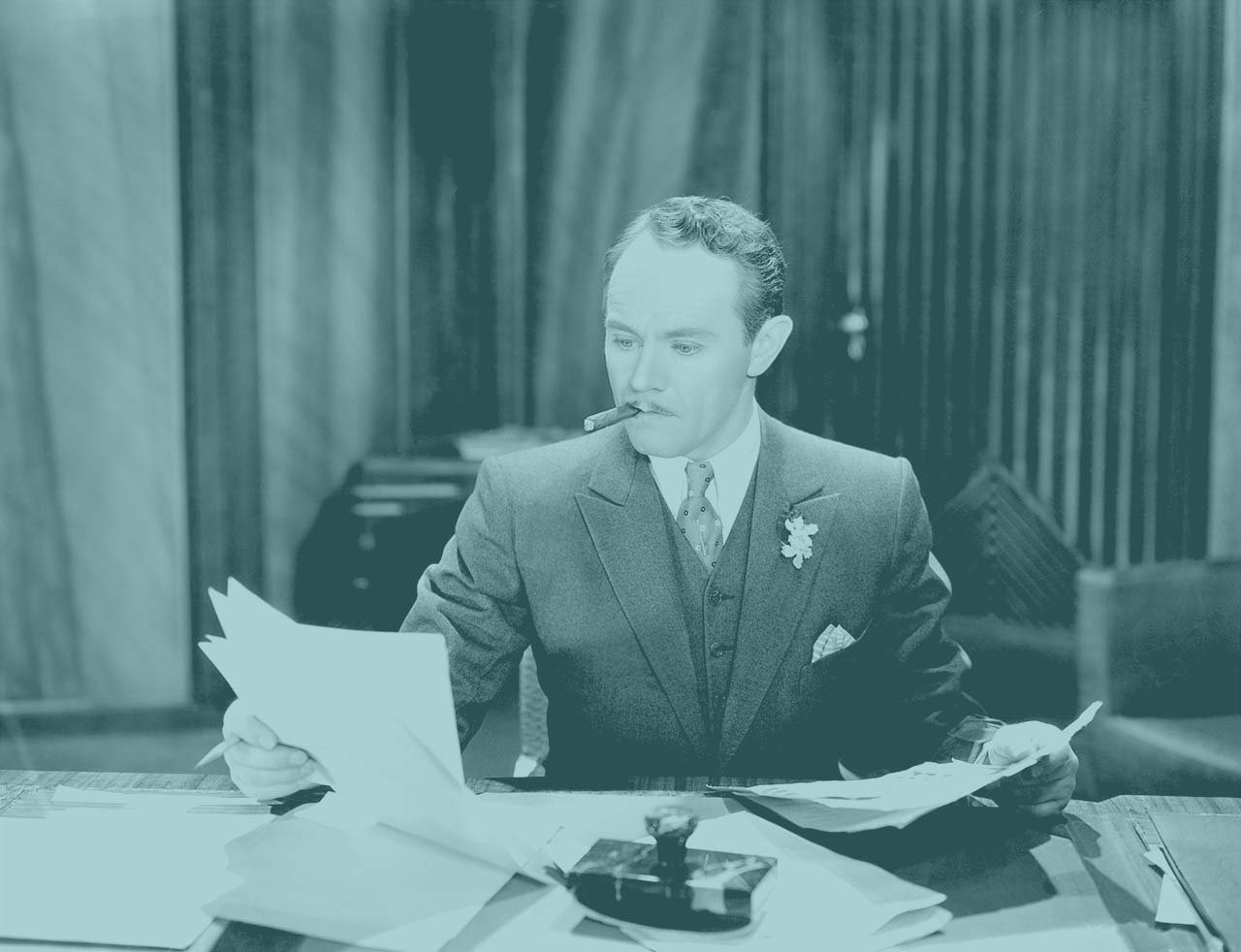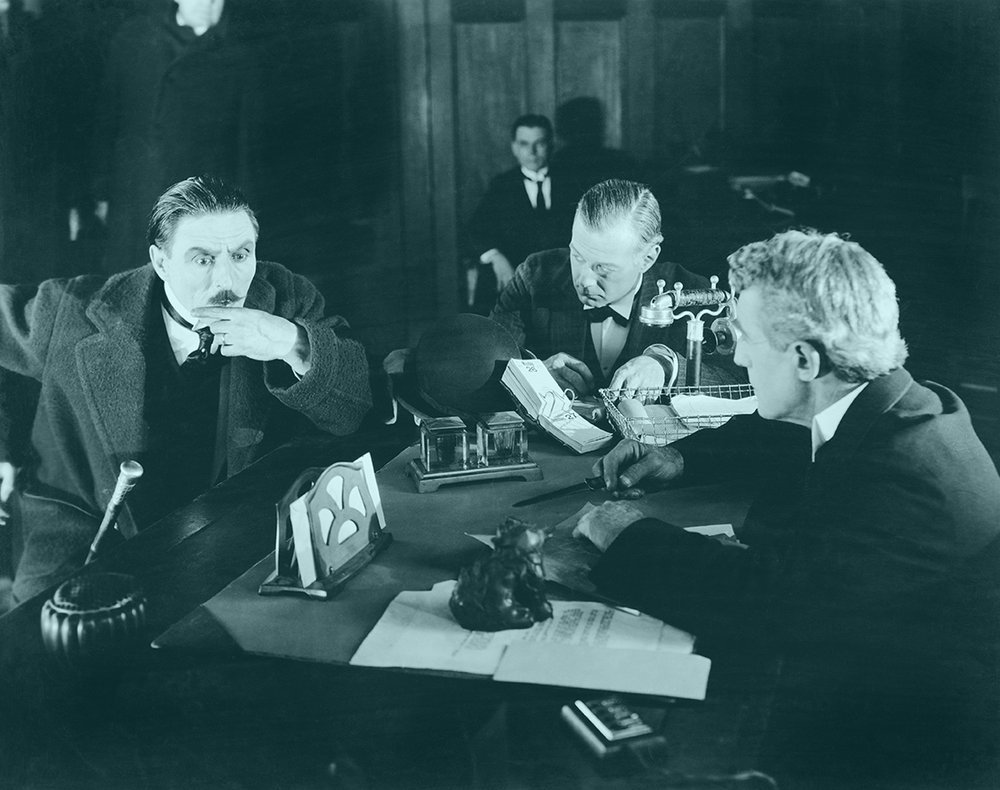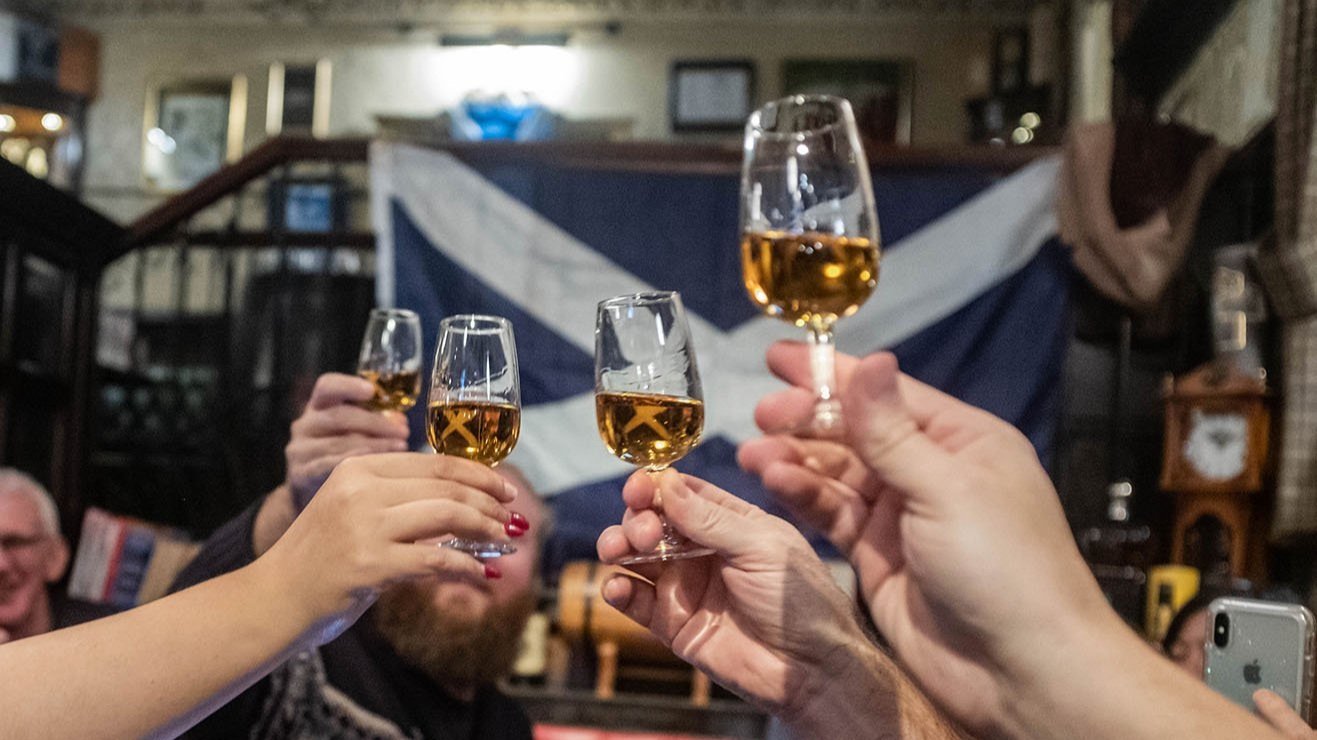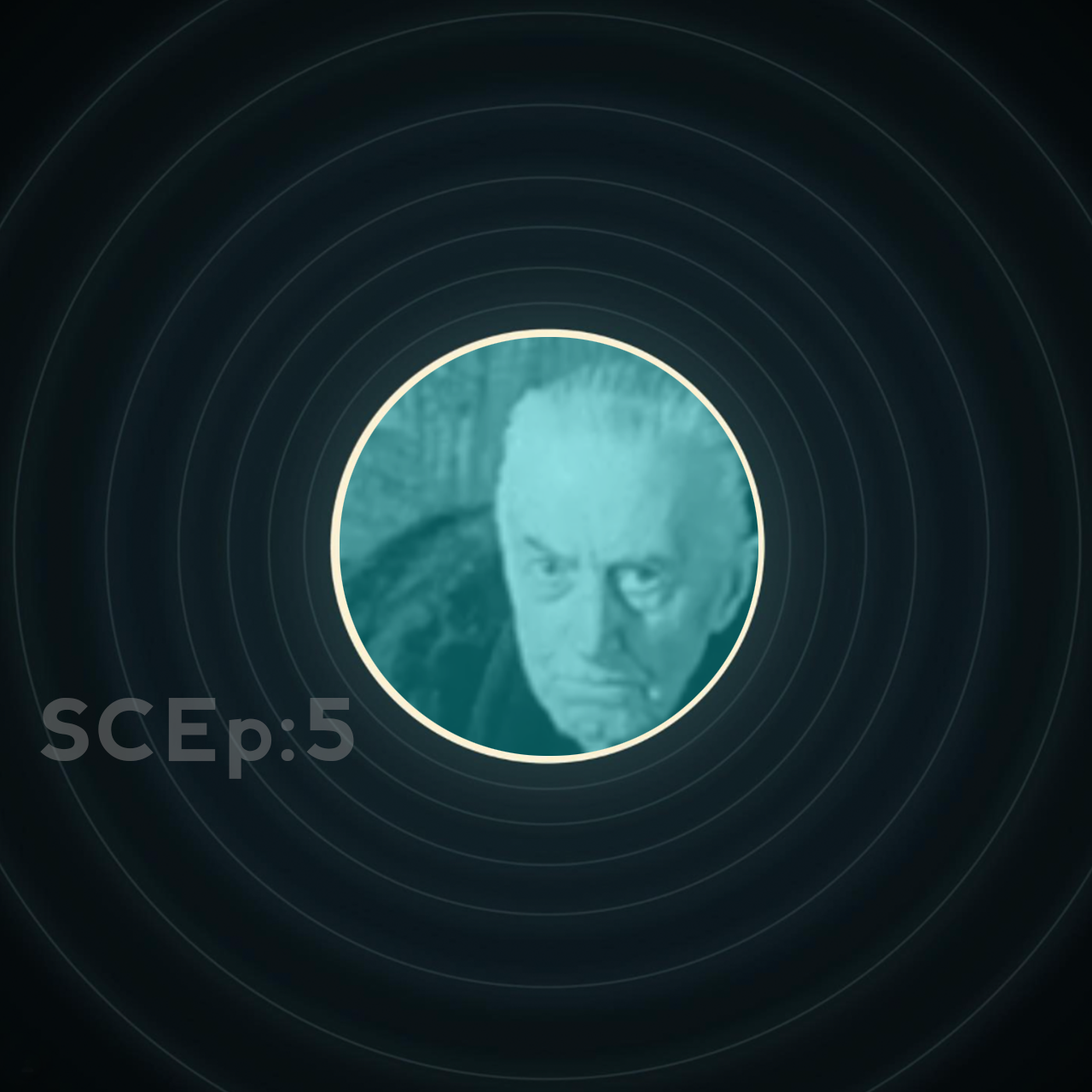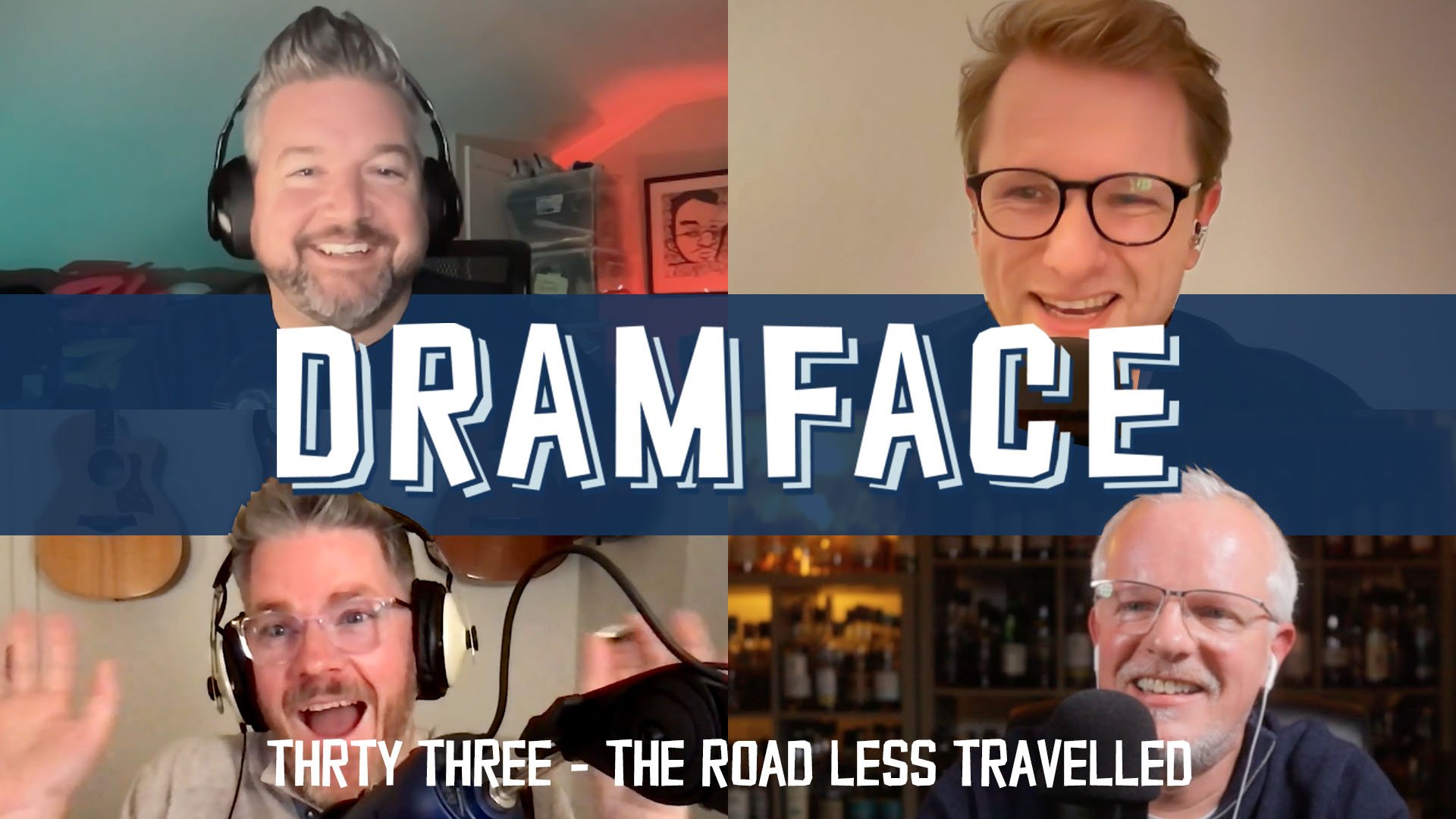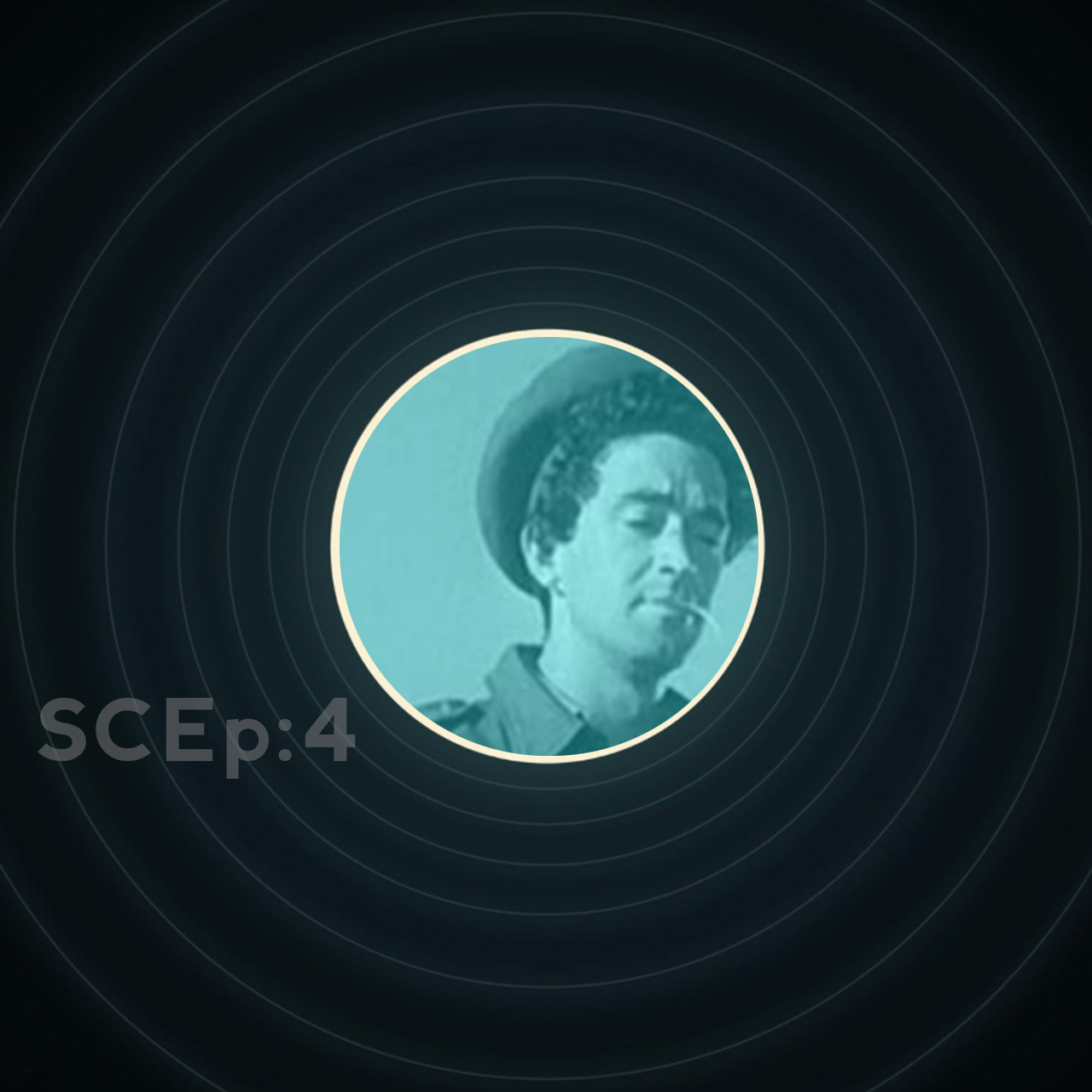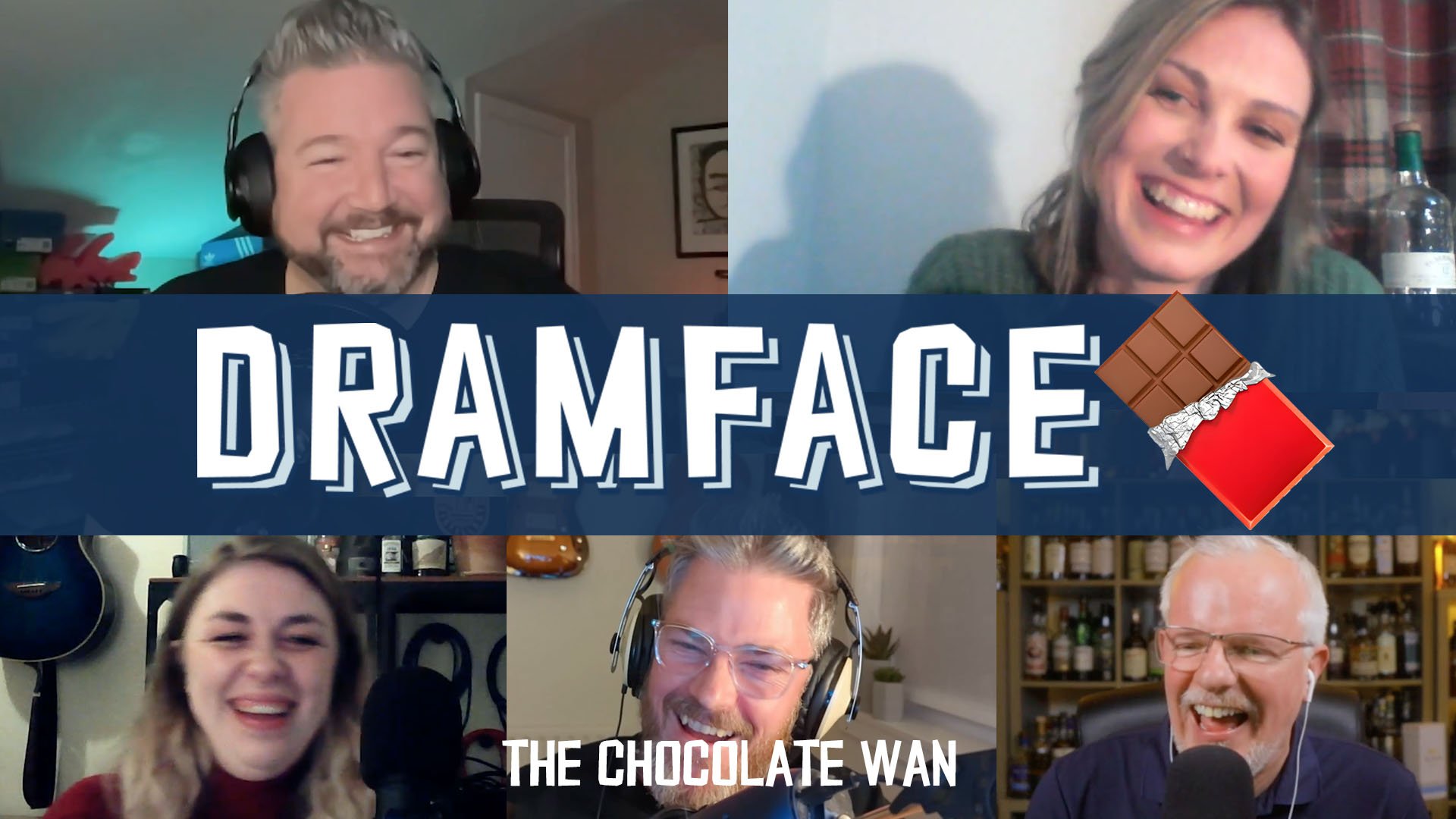Double Dingle Dissection
Irish Whiskey| 2 Reviews
Score: 6/10
Good Stuff.
TL;DR
Very tasty drams that set the standard of Irish whiskey going forward
As The Irish Whiskey Market Moves Into Non-sourced Stock,There’s Something Special Coming Out From The Southwest Of Ireland
Before the revival of the industry – a revival that’s full steam ahead when writing this in 2022– Irish whiskey was essentially on its knees in terms of distillery numbers, production, and overall market share – being less than 1% of global sales by the 1980’s. I don’t want to burden you with a long history lesson, albeit this would have been a more interesting topic in school than covering the Normans or one of the Russian revolutions. To make sure the basics are discussed, I feel it’s important to give an abridged version which will put it all into context. Here we go.
In its heyday, Irish whiskey dominated the market the world over. In the mid-19th century, Ireland had 88 licensed distillers, which was more than Scotland at the time. However, it shrank significantly to just a tiny handful of producers, and its steep decline was due to multiple reasons:
1. Irish War of Independence 1919: On 21st January 1919 the newly formed breakaway Irish government (Dáil Éireann) declared Irish independence which resulted in cutting off markets within the British Empire.
2. Prohibition in the US starting in 1919: The nationwide constitutional ban on the production, importation, transportation, and sale of alcoholic beverages killed Ireland’s largest whiskey market. When this ended in 1933, Scotch producers had the benefit of much larger whisky reserves which Irish distillers did not have when demand increased.
3. Heavy taxes on distilleries by the new Irish government: Heavy taxes on the domestic sales of whiskey were imposed by the newly-formed government who viewed distillers as ‘pro-British’
4. The growth of blended Scotch and its preference to whiskey from Ireland: With the introduction of Gladstone’s Spirits Act in 1860, whisky producers in Scotland could combine inexpensive grain whisky with a variety of Scottish single malts. These blends had a significant profile, like Irish whiskey, but cheaper to produce. Coupled with the refusal from the large Irish distillers to blend grain with their heavy pot still style, reputation for high quality Scotch became the leading imported whisky in the US and beyond.
I’m skipping ahead a bit here to the post-world war scene which brought more distillery shutdowns, mergers, and a continual drop in production volume. Fast forward to the early 21st century, where we have four distilleries on the island of Ireland. Bushmills in the very north, Cooley & Kilbeggan in the middle, with Irish Distillers Limited situated in Cork – a subsidiary of Pernod Ricard – in the south. Whiskey drinkers around the world could probably name you the main Irish whiskey brands off the top of their head, so this period of history makes for grim reading.
All that was to change dramatically when new investment and entrepreneurial guise was introduced into the industry. As a result, huge interest blossomed in craft distilling in Ireland. The overall Irish distillery count stands at 36 and growing as time goes on.
With all these new distilleries and such a huge market for Irish whiskey and its brands, you must be thinking: Where’s all the liquid coming from? Sourcing this liquid is where the current Irish whiskey market is re-laying its foundations, and it’s in this where I feel distilleries like Dingle can really make a name for themselves and shine. Speaking very generally, for an Irish whiskey brand that don’t have their own running distillery and/or three-year-old whiskey, the liquid is sourced from one of the following:
- Aged triple distilled single malt whiskey: Sourced from Bushmills mostly. Young malt can be from Great Northern Distillery (GND)
- Aged double distilled single malt whiskey (8-year-old and older): Sourced from Cooley distillery, also younger malt from GND
- Single pot still whiskey (5-year-old or under): Sourced from Great Northern Distillery and some from West Cork
- Grain: Sourced from Great Northern Distillery
You can imagine that this is quite confusing to follow and map. Also hard to clarify is where exactly some of the sourced whiskey comes from. As flooded as the Irish whiskey market is, the prices for some of these sourced bottlings and brands are extortionate. With that in mind, we can’t help but feel a bit of relief and excitement when we do indeed see a new aged spirit in the mix that hasn’t come from the main sourcing locations in Ireland. Some of which are reasonably priced for whiskey that’s youthful and doesn’t include age statement.
One of the newcomers, Dingle, founded in 2012 by the Porterhouse brewing company, brought their inaugural single malt whiskey to the fray in autumn of 2016. Since then we have seen an incremental release of their single malt in batches alongside their own single pot still style. The most recent of the batches before the release of their core range single malt is Batch No.5 which I will be reviewing today alongside the single malt core release.
So a little about Dingle. Dingle was the first of the new generation of Irish whiskey distilleries when it opened. It remains a family-owned business, and every process, from grist to maturing whiskey all takes place within Dingle. The distillery is located in a converted sawmill in Milltown on the outskirts of Dingle town in the southwest of Ireland. Using pot still, the distillery produces two to four casks of whiskey per day, where the mildly cool climate is reportedly favourable for whiskey production.
As I previously mentioned, the distillery released batches of single malt Irish whiskey before their first core range expression. The batches go from one to six (containing a range of cask finishes), but today we’ll be covering batch no.5 and the core range single malt.
Dingle Single Malt Batch No.5 contains three different cask types that are married together: Ex-Bourbon (45%), PX Sherry (45%) and Madeira casks (10%). This was released in April of 2020. The core range single malt was released in April 2021. It contains first fill casks of Bourbon (39%) and PX Sherry (61%). Both single malts are non-chill filtered and are naturally coloured.
A quick shoutout to Dave Cummins (Beardy Dave) the Irish Brand ambassador for Porterhouse Brewing Company & Dingle, for the additional information on Dingle Batch No.5 and Single Malt. I’ve spoken to him a few times at whiskey festivals and he’s a brilliant fella. Dave is so enthusiastic about Dingle and he’s great craic when you get chatting to him, not to mention one for producing under the counter bottlings of delicious cask strength single malt and single pot still. Cheers Dave!
Another thanks to the Blackwater Distillery group who allowed me to use the image depicting the distilleries on Ireland.
A final thank you to Archibald Grumpian, who helped with clarifying the sourcing locations of certain malts/grains for Irish brands. I owe you a few drams! Cheers.
Review
Dingle Single Malt, 1st fill casks of Bourbon (39%) and PX Sherry (61%), 46.5% ABV
Widely available costing £50-£55
Nose
Soft citrus and stone fruit. Spice kick at the start with a punchy greeting on first sniff. It’s so malty and yeasty too. Think of a large, warm loaf of bread fresh out of the oven. Ripping a piece off and wafts of bread enter your nostrils. Lovely stuff. I’m picking out some sliced red apples too. Those stone fruits come forward again, mixed in with some blood orange and clove rock hard sweets. More of that fruitiness develops again into some ripe mango and passion fruits.
Palate
Like the nose, it’s bright and punchy. In a good way. Not like a youthful spirit that’s still hot and fiery. Here comes the bread! It’s yeasty like the nose, and that glides into baked oats in warm milk. More sliced apples with a sprinkle of cinnamon. It’s quite peppery at the tip of the tongue. It reminds me of pear drop hard sweets, which I love. In terms of mouthfeel and finish, it doesn’t hang around too long. The cinnamon spice meets up with biscuit ingredients and then bakes into a nice ginger biscuit, which is quite soft and chewy. Decent enough mouth feel. Slight coating of the tongue and the initial flavour is up front before fading away.
Review
Marriage of 3 cask types, 46.5% ABV
Limited stock available costing £65-70
Score: 6/10
Good Stuff.
TL;DR
Thoroughly enjoyable and not sourced!
Nose
Immediate stone fruits. Apricots and honey. The sweetness reminds me of strawberry laces and fizzy cola sweets. It becomes a touch wooden and very, very malty. Here comes the warm, dough bread with the yeasty blast. A Dingle staple. This turns into white grape, pear cordial juice and rhubarb & custard hard-boiled sweets. The back end of the nose turns into plums, brown sugar, and some crumbly pastry.
Palate
Mouthfeel is bouncy! Reminiscent of soft fruit salad chewy sweets. It’s a touch thin but decent enough. I’m getting some sliced apple with warm oats and honey on top. Turning slightly bitter and a hint of dark chocolate there too. A small touch of cherry cola also. The chocolate remains and it’s coupled with crunchy honeycomb. It’s crisp and a bit dry on the finish. Reminds me of clean cotton linen. Wood elements and spice linger with more bitterness that’s quite long in the finish.
The Dregs
I thoroughly enjoyed these two single malts, and it was an extra touch of enjoyment knowing this was NOT sourced liquid. It’s quite frustrating to see so many expensive bottlings of Irish whiskey on the market today knowing it’s just from ‘X’ distillery and you question why the liquid is priced so high. I know new brands and distilleries must get money coming in early to help investors so their own whiskey can be produced and mature. I’ve also spoken to Jarlath Watson of the Echlinville Distillery a few times, where he expressed that the price for casks these days has gone through the roof, which results in the expressions they produce being priced ever so high.
Back to the whiskey. Apart from batch no.1, I have tasted the rest of the sequential releases from Dingle over the years as well as some of the cask strength samples and I must say they are quite delicious. I’ve a bit of a soft spot for Dingle, as the first time I tasted the liquid was a pour from Beardy Dave at the Whiskey Social in Belfast with my father-in-law and brother-in-law. We then bought a bottle of Batch No.4 for my father-in-law’s 60th birthday party. So it’ll always remind me of that brilliant Saturday together, loving that pour and the cask strength followed by birthday celebrations.
The core range single malt release, to me, is the better of the two whiskies in the spotlight today. That’s not to say batch No.5 is bad. Far from it – it’s good whiskey for its age and price. I’m delighted to have both bottles and I honestly cannot wait to see what else Dingle has in store for us going forward. They are in very good, and safe hands with Graham Coull, Master Distiller of Dingle. I’d recommend you check out his appearance on Aqvavitae’s YouTube channel. It’s a highly entertaining insight into Graham and his influence on Dingle. Well done Dingle. You do you. And we’ll keep on enjoying!
Score: 6/10
Tried this? Share your thoughts in the comments below. HF
-
Dramface is free.
Its fierce independence and community-focused content is funded by that same community. We don’t do ads, sponsorships or paid-for content. If you like what we do you can support us by becoming a Dramface member for the price of a magazine.
However, if you’ve found a particular article valuable, you also have the option to make a direct donation to the writer, here: buy me a dram - you’d make their day. Thank you.
For more on Dramface and our funding read our about page here.
Other opinions on this:
Whiskybase (single malt)
Whiskybase (Batch 5)
Got a link to a reliable review? Tell us.


































